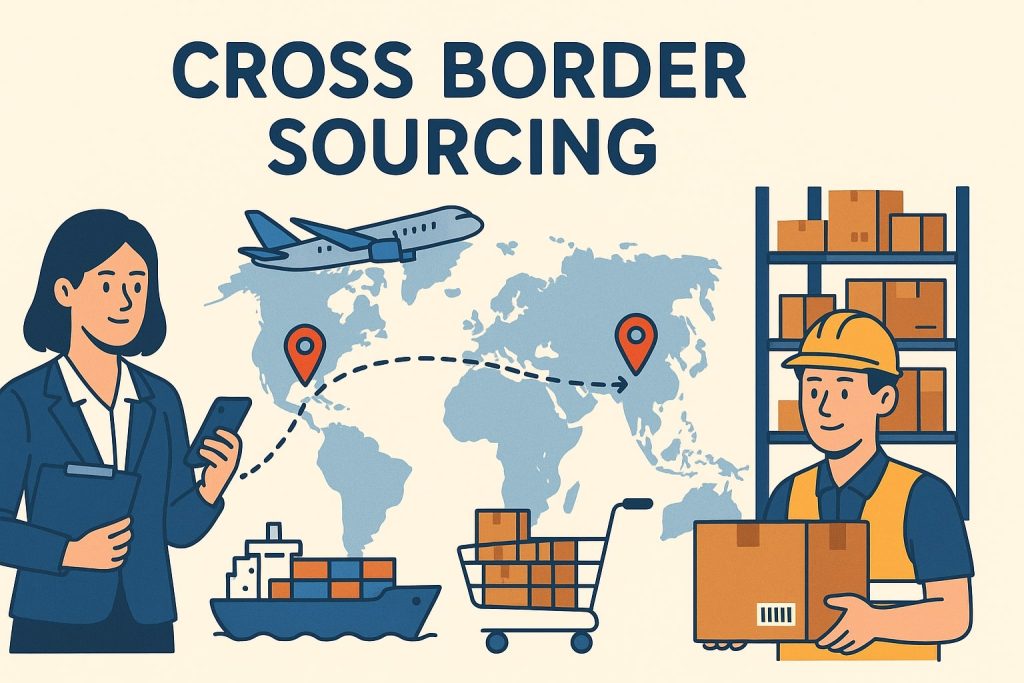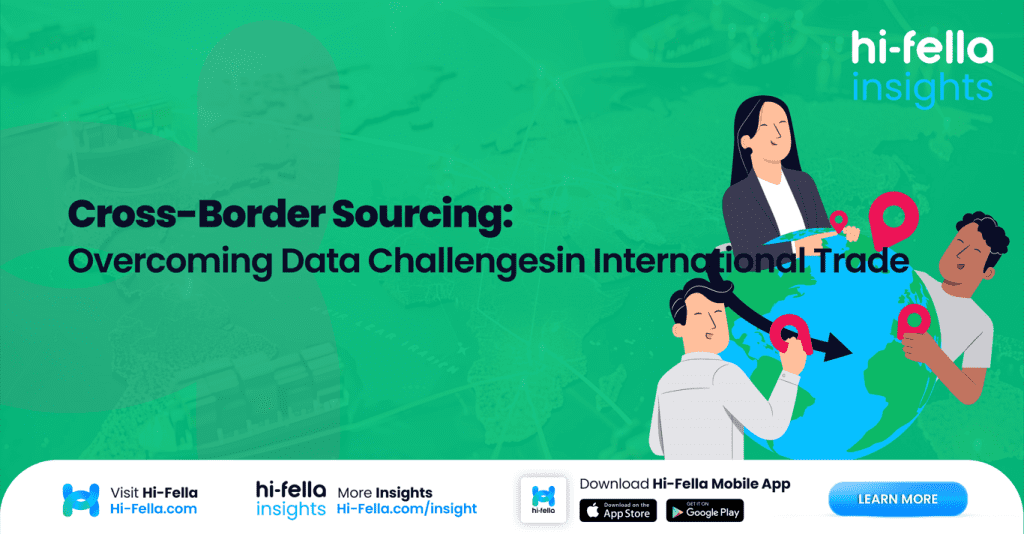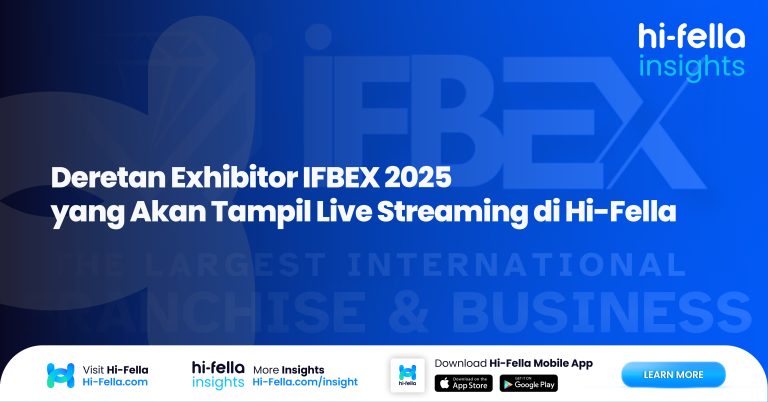In the world of global procurement, data is currency. But as trade networks become more diversified and regulations grow more complex, managing a cross border sourcing is no longer just a technical task — it’s a business-critical function. Unfortunately, most companies still struggle with fragmented, inconsistent, or outdated information that slows decision-making and exposes them to risk.
From certification lapses to missed HS codes and mismatched pricing terms, data breakdowns in international sourcing can derail shipments, delay production, or even breach trade laws. Platforms like Hi-Fella are stepping in to solve these issues by connecting businesses to a centralized, verified, and compliance-ready supplier ecosystem — all designed for today’s trade complexity.
The Rising Complexity of Data in Cross Border Sourcing

Managing global sourcing in 2024–2025 means dealing with more variables than ever before. Companies are engaging suppliers from diverse geographies, navigating overlapping regulations, and responding to volatile market demands — all while staying compliant.
Key factors contributing to data complexity include:
1. Supplier Diversification
As companies work to build more resilient and flexible supply chains, supplier diversification has become a strategic necessity. Businesses are no longer overly reliant on China alone — instead, they’re actively sourcing from alternative hubs like India, Vietnam, Mexico, and various African nations. This approach helps mitigate geopolitical risks, balance cost and capacity, and protect operations from single-country disruptions.
However, this diversification introduces new layers of complexity in data handling. Each region has different formats, capabilities, and standards for supplier data — from certifications to digital invoicing systems. Procurement teams must now manage multiple datasets in parallel, ensure uniformity in reporting, and create systems that can adapt to these regional differences without compromising speed or accuracy.
2. Multi-Jurisdictional Compliance
With environmental and trade regulations tightening globally, compliance is now a core function of sourcing operations. Frameworks like the EU’s Carbon Border Adjustment Mechanism (CBAM) mandate that businesses provide detailed carbon emissions data and prove the origin of goods to avoid additional tariffs or trade barriers. Similar policies are emerging in other markets, pushing compliance to the top of the sourcing agenda.
Navigating this regulatory patchwork is challenging. Suppliers in emerging markets may not be equipped to produce the level of traceability required, and laws often change faster than systems can adapt. As a result, companies must build flexible digital compliance infrastructures that aggregate, verify, and report data from multiple jurisdictions — often in real time — to remain competitive and avoid legal risks.
3. Geopolitical Tensions
Rising geopolitical tensions, especially between major economies like the U.S. and China, have a direct impact on global sourcing. Trade wars, export restrictions, and sudden policy shifts can quickly disrupt supplier access and increase costs. As a result, procurement teams are under pressure to develop sourcing strategies that can withstand unpredictable political landscapes.
This environment demands rigorous supplier vetting and real-time product traceability. Companies must now not only know who their direct suppliers are but also gain visibility into sub-tier suppliers, country of origin, and even shipping routes. The ability to map and audit supplier networks down to the raw material level has become a critical defense against geopolitical volatility — and one that requires robust digital tools to execute effectively.
4. Supply Chain Restructuring
The COVID-19 pandemic exposed the fragility of traditional supply chains, prompting companies to rethink the structure and geography of their sourcing strategies. Many have moved to decentralize production, adopt regional hubs, or pursue nearshoring to increase resilience. These changes introduce entirely new sets of suppliers, often with varying levels of digital maturity and incompatible data systems.
Integrating new regions into the supply chain means dealing with diverse documentation requirements, different levels of transparency, and unique regulatory environments. Sourcing teams are now responsible not just for procurement, but also for data harmonization — translating and standardizing information from various sources so it can be accurately compared, evaluated, and audited. In this context, digital SRM tools are no longer optional — they’re essential.
As a result, sourcing professionals are now data managers as much as dealmakers — and they need tools built for that new reality.
Common Data Challenges Traders Face in Cross-Border Procurement
Data problems are more than back-office nuisances — they cause real-world sourcing disruptions. Even the most experienced procurement teams often run into:
- Inconsistent or incomplete supplier records
- Outdated certifications that delay customs clearance
- Mismatched data formats between platforms (e.g., ERP vs. logistics systems)
- Missing or incorrect HS codes, triggering duty errors or fines
- Unclear pricing or Incoterms, leading to billing disputes
- Lack of real-time shipping visibility, especially across multiple carriers or ports
A vivid example is the Ever Given incident in the Suez Canal, which left thousands of companies unable to track goods or reroute inventory due to missing transport and supplier data. The lesson: bad data equals slow recovery.
Without clean, verified, and interoperable data, even small disruptions can scale into major operational risks.
Building a Resilient, Interoperable Data Framework for International Trade
To keep pace with today’s sourcing complexity, businesses are investing in real-time, interoperable data ecosystems. These systems go beyond storage — they connect procurement, logistics, compliance, and supplier networks in a synchronized digital environment.
Essential elements of a resilient data framework include:
- Supplier databases with multilingual support and document versioning
- API integration between sourcing platforms, customs portals, and shipping carriers
- Blockchain solutions for product traceability and tamper-proof records
- AI-powered data cleaning tools that map, match, and enrich supplier inputs
- Predictive analytics to highlight sourcing risks or delays before they escalate
For example, a global apparel brand recently cut supplier onboarding time by 60% using automation to verify certifications, check sanctions lists, and validate contact data across markets — ensuring better compliance and faster time to market.
The Role of Government and Trade Platforms in Standardising Trade Data
While private innovation is critical, governments and global trade bodies also play a key role in tackling the data challenge. Organizations like the World Trade Organization (WTO) and World Customs Organization (WCO) are leading initiatives to harmonize digital trade documentation.
Current efforts include:
- Electronic invoicing and e-Certificates of Origin (e-CoO)
- Digital Letters of Credit (L/Cs) and blockchain-enabled trade finance
- Standardized HS code databases and AI-driven customs classification
- Digital submission portals in countries like Singapore, UAE, and the Netherlands
But adoption is still uneven across regions. That’s why trade platforms like Hi-Fella are essential — they serve as bridges between varying standards, offering pre-verified supplier profiles, digital showcase tools, and compliance-aligned documentation, even in less digitally mature regions.
Join Hi-Fella Today!
Data fragmentation shouldn’t hold back global growth — and with Hi-Fella, it won’t.
Hi-Fella helps global traders and procurement teams:
- Discover verified suppliers with complete and current documentation
- Standardize trade data across markets and languages
- Use digital showcases to build trusted relationships faster
- Access real-time compliance tools, HS code matchups, and document versioning
- Collaborate in secure, multilingual environments, tailored for global sourcing
Whether you’re sourcing packaging from Turkey, electronics from Southeast Asia, or ingredients from East Africa, Hi-Fella gives you the tools to turn data chaos into trade clarity.








